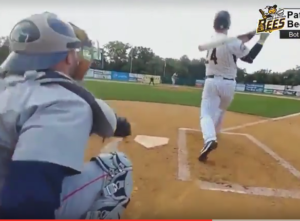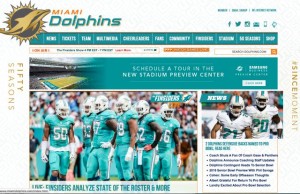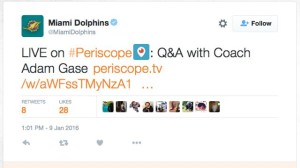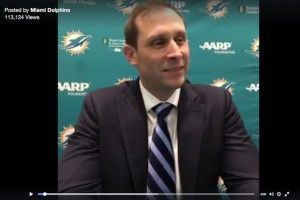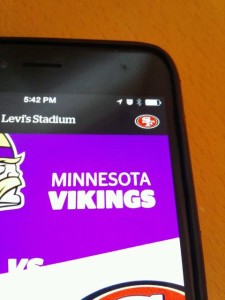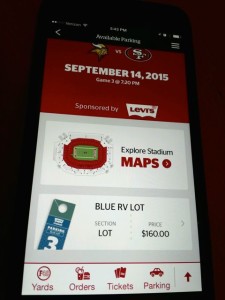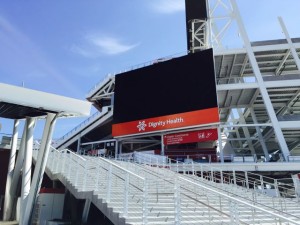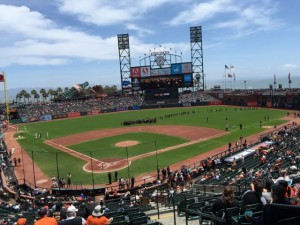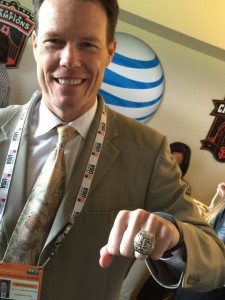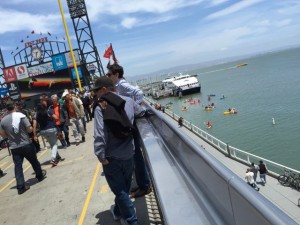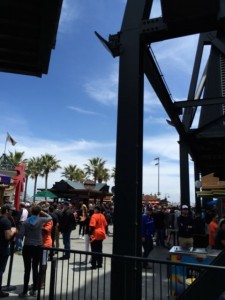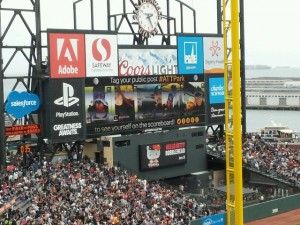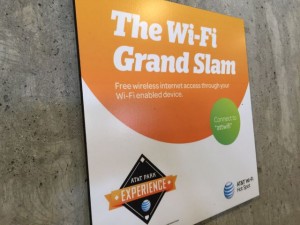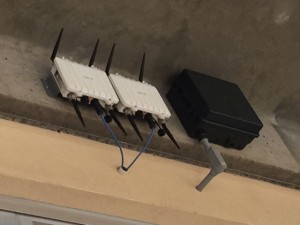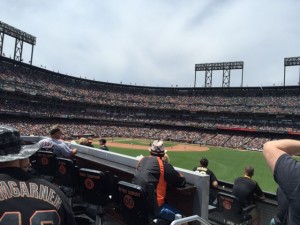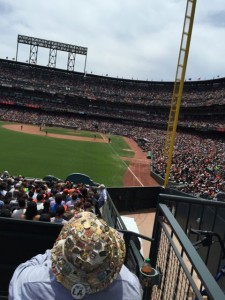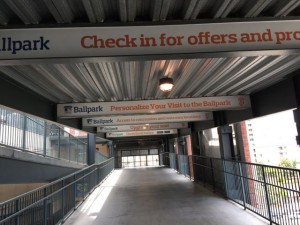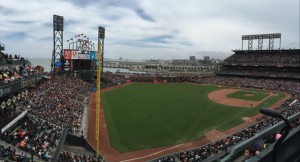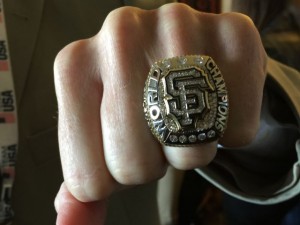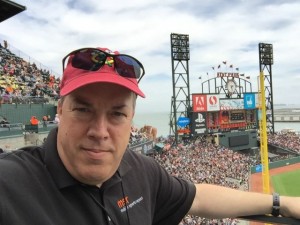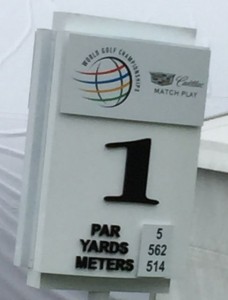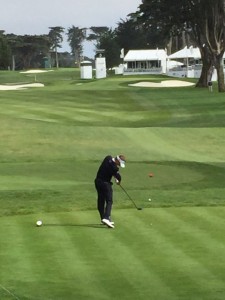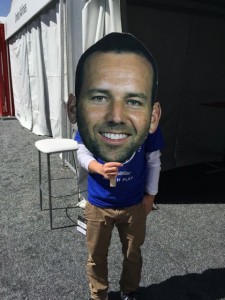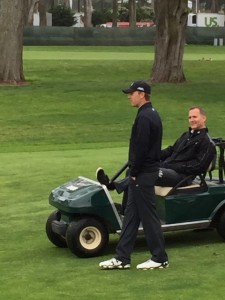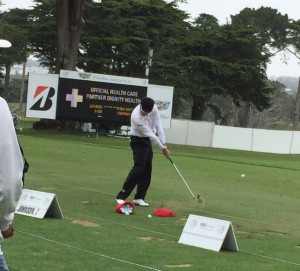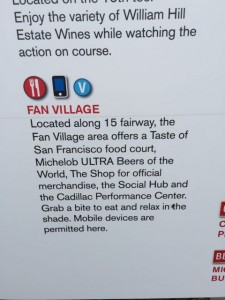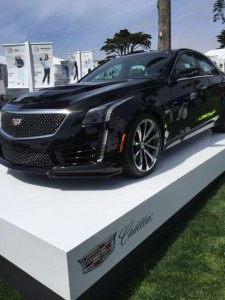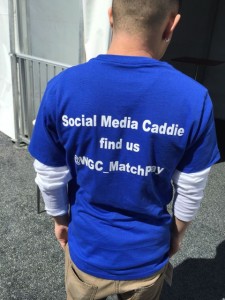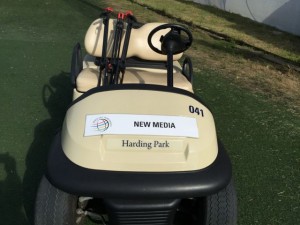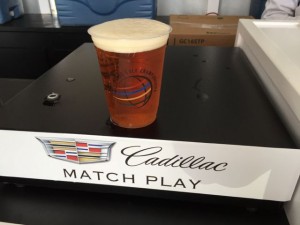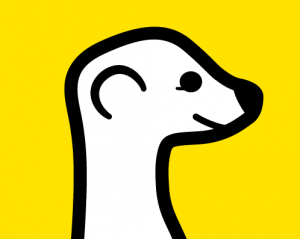Led by longtime sports marketer Tony Loiacono, Heads & Tails today is debuting its “NewAngle” camera technology with shows from the NBA’s summer league games from Las Vegas. With miniature cameras that can be placed just about anywhere, the Heads & Tails streams can give fans a unique perspective on events, like the “pylon cams” recently used in football game broadcasts or the GoPro views from events like the Tour de France.
What makes Heads & Tails’ offering different is patent-pending technology that includes encoding and transmission capabilites right into the camera. By linking directly to a remote production facility via the Verizon Wireless 4G LTE-based content delivery network, Loiacono said the point-of-view streams can go from playing field to Internet audience without the need for an on-site production truck. Though no costs associated with the system or business plans for monetization have yet been divulged, the Heads & Tails approach is most likely much less expensive than a traditional broadcast system, and it could allow for any number of sponsor-activation programs centered around the custom content.
Earlier this summer, Heads & Tails started running a 30-game pilot of its systems with the minor-league baseball New Britain Bees in New Britain, Conn. Fans could pick which live camera feed they wanted to watch on either YouTube, Facebook or LinkedIn. The camera angles showed unique game perspectives, like watching from behind an umpire’s mask at home plate, or watching an up-close view of plays at first base from behind the bag.
The new views supported by Heads & Tails’ camera technology (which Loiacono said originated in Verizon’s Innovation Labs) are the next step in a career built around bringing the passion of sports to fans, Loiacono said. According to Heads & Tails, in 1991 Loiacono debuted The Upper Deck Cam in New York’s Madison Square Garden, Chicago Stadium and the Los Angeles Forum providing NBA basketball and NHL hockey fans a unique view from the scoreboard when he was vice president of marketing for The Upper Deck Company.
“I love sports, man!” said the enthusiastic Loiacono during a recent phone interview. “I want people to understand the magic of seeing a batter dig in at the plate. Yes, the technology drives it but it’s also unique and fun, and the passion of sports is where we’re coming from.”
BELOW: Some Heads & Tails coverage from the NBA summer league.
